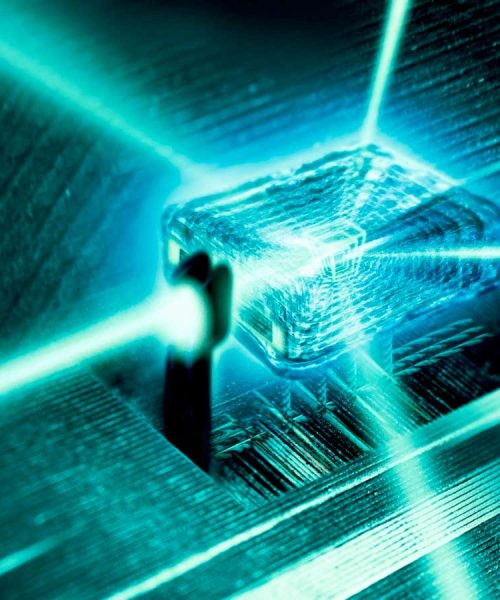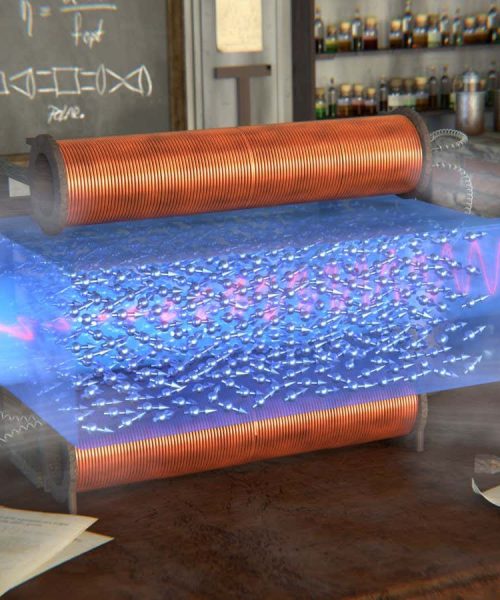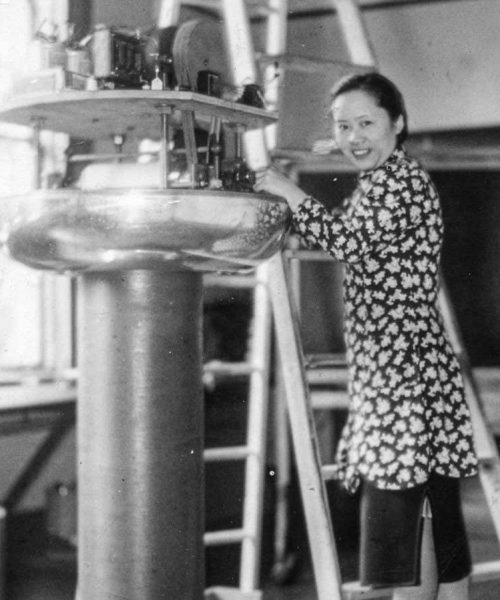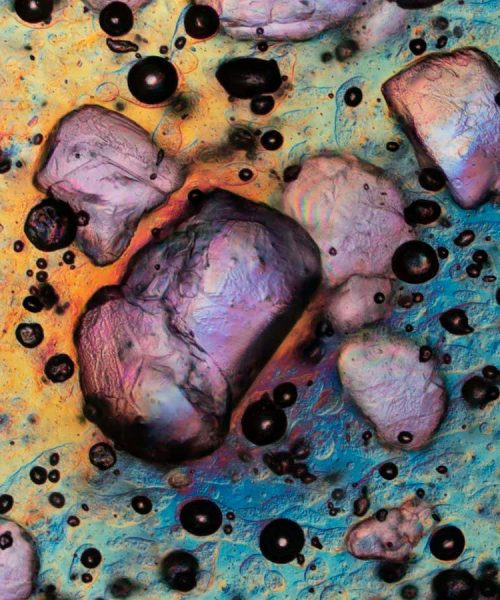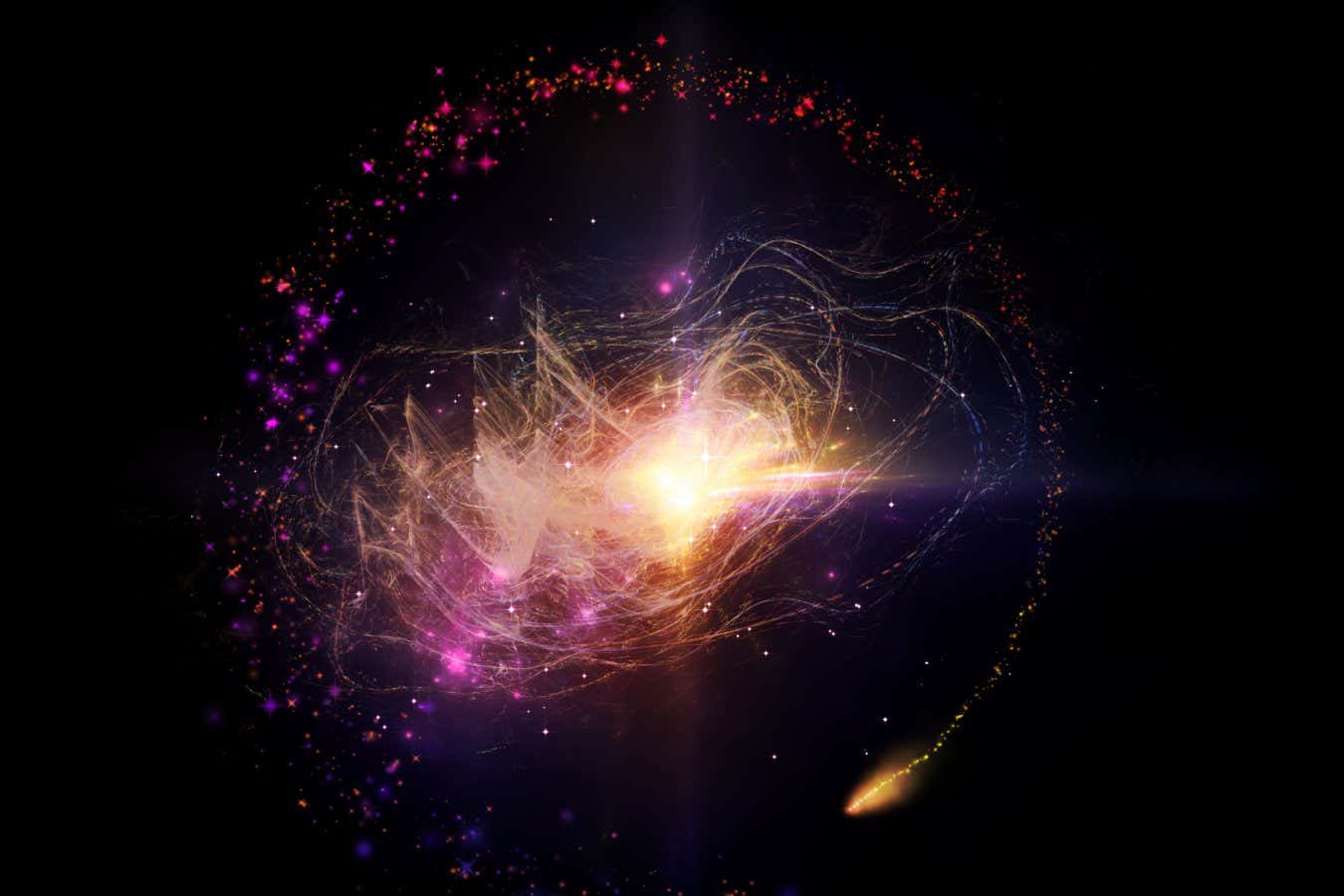
Pinning down the size of the neutrino is a tricky task
agsandrew/Shutterstock
The first direct measurement of the size of the neutrino, a fundamental particle, suggests they are at least larger than an atomic nucleus – but they could potentially be trillions of times larger.
Part of the problem in answering this question is that, rather than being spherical, quantum mechanics tells us that particles are inherently fuzzy waves, moving and vibrating as they travel through space. Physicists mark the boundaries of a particle, and thus its size, by looking for its wave packet, an area inside which the wave vibrates strongly, and beyond which it sharply trails off.
Advertisement
For neutrinos, measuring the wave packet is particularly challenging because these particles rarely interact with normal matter. Until now, we have only calculated the wave packet’s size indirectly, with estimates spanning a range of 13 orders of magnitude – from smaller than an atomic nucleus to as large as a couple of metres, or 10 trillion times bigger.
Now, Joseph Smolsky at the Colorado School of Mines and his colleagues have made the first direct measurement of the wave packet, finding that neutrinos must be at least hundreds of times larger than the previous smallest estimate, making them larger than typical atomic nuclei.
To do this, Smolsky and his team measured radioactive beryllium as it decayed into lithium, a process called electron capture. When this happens, an electron in the beryllium atom combines with a proton in its nucleus, producing a neutron. This transforms the beryllium atom into lithium, producing a kick of energy that fires the atom in a certain direction and generating a neutrino that fires in the opposite direction to balance the momentum. By putting the beryllium inside very sensitive superconducting detectors and studying it using a particle accelerator, they could then measure the lithium atoms extremely precisely and infer the neutrino’s properties.
The researchers found that the neutrinos were at least 6.2 picometres, which is hundreds of times larger than the atomic nucleus. “It was a little bit surprising,” says Smolsky. “When I think of an electron capture process, I imagine it within the nucleus because the electron has to overlap with a nucleus. But the limit we showed says that the size of the neutrino is actually much larger than the nucleus itself when it comes out.”
“Technically, this is a very difficult measurement,” says Alfons Weber at Johannes Gutenberg University in Mainz, Germany. “They used a really very neat method to make a precision measurement, something which I thought you could never do.”
Measuring the size of the neutrino wave packet is important for building future neutrino detectors capable of precisely measuring how often neutrinos switch, or oscillate, between three different types, says Weber.
These neutrino oscillations are key to working out why there is more matter than antimatter in the universe, but they can only be precisely measured if the neutrino is above a certain size. If it is too small, then the three different types of neutrino, each of a different mass, will spill over the edges of the neutrino wave packet, and mess up the measurements.
Topics:
